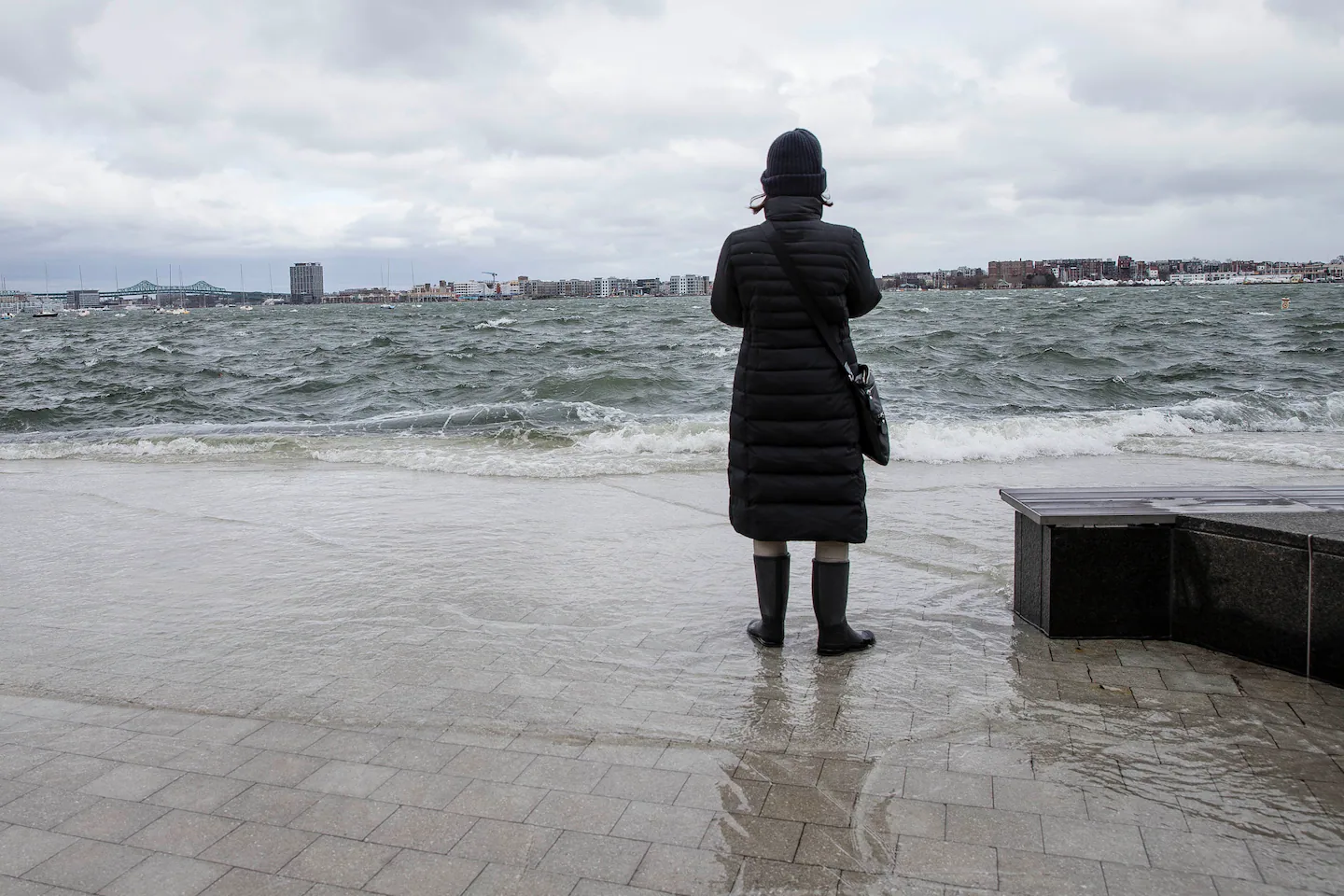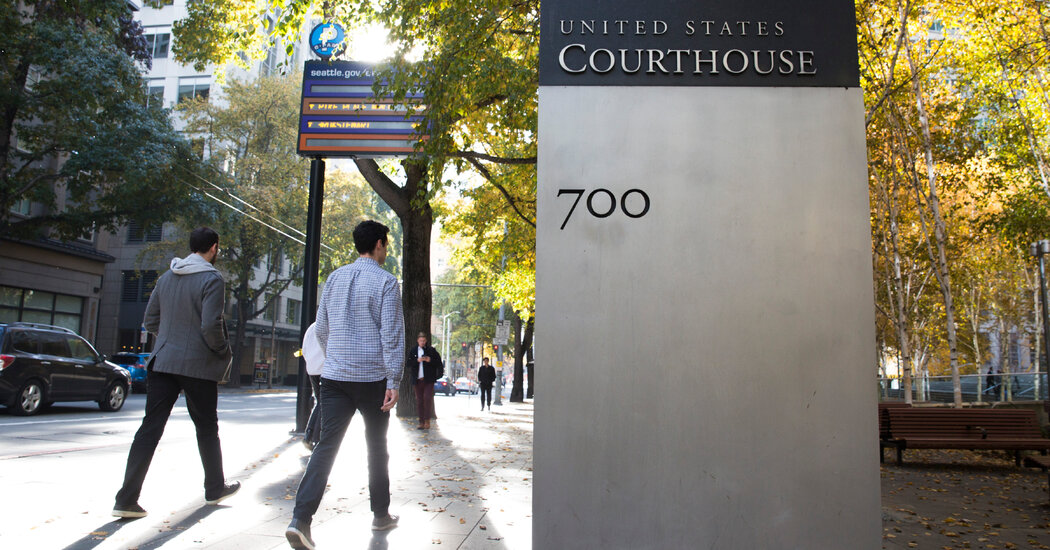Copyright The Boston Globe

I’m encouraged by both our state and community leadership. The Municipal Vulnerability Preparedness program was a major innovation. Our state has the opportunity to be a leader again by passing the Mass Ready Act and providing sustainable climate funding to implement the ResilientCoasts Initiative. They are critical steps to protect lives and communities. Together we can build a future where coasts are resilient, neighborhoods are safe, and nature thrives. The Globe highlights the emotional complexity of coastal relocation. Residents in towns like Hull face flooding and erosion and are deeply connected to their homes and communities (“High Tides. High Anxieties,” Business, Nov. 3). That’s why we’re taking steps at The Nature Conservancy to help communities in Massachusetts, in the United States, and across the globe adapt to climate change. In Massachusetts, we’re hosting workshops to discuss relocation openly and compassionately. Solutions include voluntary buyouts, zoning changes, and restoring natural barriers such as dunes and salt marshes. Our strategy begins with listening — understanding values and building a shared vision. While seawalls may help in the short term, long-term resilience depends on making space for nature, ensuring people and ecosystems thrive together. Kristen Sarri Massachusetts state director The Nature Conservancy Boston One of many excellent aspects of your “When the floods come” series is that it shows that no neighborhood can go it alone in building a more resilient shoreline that protects us from floods. Nor should they, given how interdependent we all are. This is epitomized by the reality that the Seaport generates about 10 percent of the property tax collections that support the entire city of Boston, from Charlestown to Hyde Park (“A swamped Seaport?” Page A1, Nov. 2). We’re also physically interconnected: Flooding that starts at Carson Beach in South Boston could, absent strong protective measures, roll deep into Roxbury and the South End, along one of many well-documented flood pathways. The city of Boston, supported by many partners, has done superb work identifying what needs to get built, where, and by when to protect us from future floods. What we need now is a collaborative, public-private approach to determine how we’ll pay for protecting the city’s 47 miles of coastline — and Boston’s roughly 300,000 homes and tens of billions of dollars in commercial and industrial property — when the floods come. The Boston Green Ribbon Commission is embarking on exactly that: developing a comprehensive blueprint for funding the shoreline protections we so sorely need. We look forward to continuing the conversation. Rebecca Herst Associate director for resilience Boston Green Ribbon Commission The commission is a group of leaders from business, institutions, and civic organizations that supports the city’s climate action goals, including coastal resilience. Thank you for your coverage of the flood risk to Boston’s Seaport neighborhood. As the Ellen Matilda Poss Director of the Institute of Contemporary Art and a recent transplant to Boston, I share the concern about the Seaport’s vulnerability. Its sustainability is integral not only to our museum’s future but also to the health and vibrancy of Boston as a whole. Catherine Carlock and Yoohyun Jung’s article highlights an uncomfortable reality: Nearly all the buildings constructed in the Seaport since 2000 are at risk of flooding by 2050, including the ICA. Our museum was designed with safeguards against flood risk, but we can’t do it alone. Protecting the Seaport cannot be left to individual developers or owners; resilience can only come from a regional approach that unites the public and private sectors. We commend the efforts underway. Now is the time to put plans into action. A resilient Seaport requires a unified flood-defense strategy. Piecemeal protections leave the public realm and infrastructure too exposed. The question is not if we act, but how quickly and boldly. Can the city’s Climate Resiliency Fund be activated at scale? Can we accelerate the US Army Corps of Engineers’ work and prioritize the Seaport as a model for climate adaptation? Boston’s creative and civic spirit has long defined its success. Let’s apply that same collective imagination here. Nora Burnett Abrams Ellen Matilda Poss Director Institute of Contemporary Art Boston The impacts of climate change are presenting challenges to communities, especially Northeast coastal communities, the majority of which were not built with higher sea levels in mind. As Erin Douglas pointed out in the article “On Morrissey Blvd., a long, wet ride” (Page A1, Oct. 29), finding solutions can be contentious, with various interests and priorities, such as not blocking ocean views. But the larger issue appears to be financial: how to pay for things like culverts and elevated roadways. Vermont and New York have passed legislation requiring the largest greenhouse gas-emitting businesses to pay into superfunds to help pay for adaptation measures. Massachusetts has a proposed “Make Polluters Pay” bill that would make major emitters pay into a superfund to support projects such as coastal protections, wetland restoration, urban tree canopy, defensive upgrades to transit infrastructure, and building weatherization. Sea levels will continue to rise and storms will intensify. Citizen involvement is essential to secure funding for protective measures. Marjorie Lee Wayland As a reminder to your readers, we are in the year 2025. Thirty-eight years ago, in 1987, the Massachusetts Port Authority completed a report on the perils of sea level rise. A year later, local architect Antonio DiMambro presented a vision for Boston Harbor featuring a barrier to protect the city from sea level rise. In 2008, MIT hosted two conferences on the major consequences of climate change, including the inundation of Boston. Since that time there have been countless studies on the subject, another MIT conference in 2014, and some intermittent hand-wringing, particularly following the massive nor’easter of 2018. To date, almost 40 years after the first warnings, no significant action has been taken. While some buildings have been designed to deal with wet feet, it is the flooding of the infrastructure that will be of most consequence. In 2017 the regional economy affected by an inundation of Boston Harbor was evaluated at about $400 billion (almost $530 billion in today’s dollars). The project to save the city from the ocean is well behind schedule. Hubert Murray Cambridge



